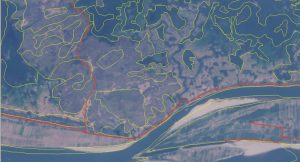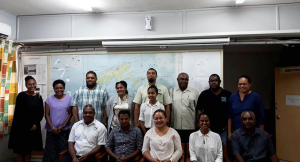Risk assessment is a systematic process that involves identifying, analysing, and evaluating potential risks to determine their likelihood and potential impacts. The process begins with identifying potential threats and modelling the associated hazards. Detailed data collection is conducted on the Elements-at-Risk (EaR), which encompasses assets exposed to hazards such as buildings, critical infrastructure, agricultural lands, and people. Once hazards and EaR are identified, the next step is to assess the exposure or the extent to which people, assets, or the environment are at risk from those hazards. These involve analysing the proximity, vulnerability, and susceptibility of the exposed elements.
The subsequent step is loss analysis, which aims to comprehend the potential impacts and consequences resulting from the identified hazards. This analysis evaluates the severity of potential damage, injuries, loss of life, environmental harm, economic losses, and other pertinent impacts. Finally, the risk is analysed by integrating the loss information with the frequencies of the hazards. Risks can be qualitatively presented using a risk matrix or quantitatively evaluated through metrics such as Average Annual Loss (AAL). Risk assessment outcomes are crucial for informing risk-sensitive decision-making processes, land use planning, and developing risk mitigation measures.
GIC has been involved in single and multi-hazard risk assessment projects at various scales, from municipality to country levels. In collaboration with the UT-ITC, the Netherlands, GIC has developed an open-source, web-based multi-hazard risk assessment platform called RiskChanges.




